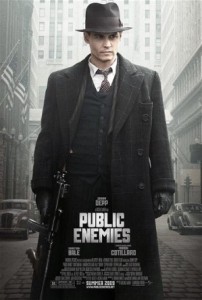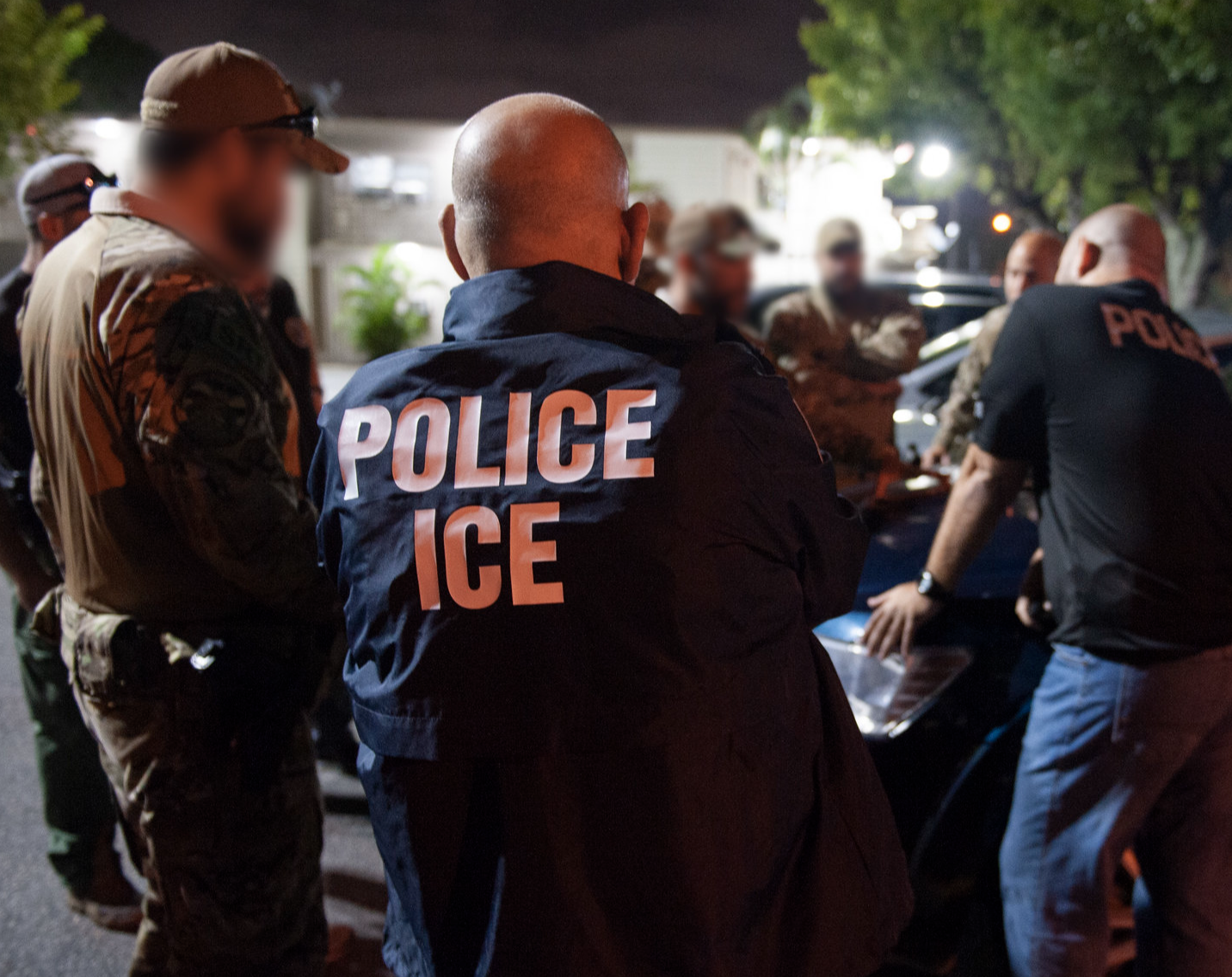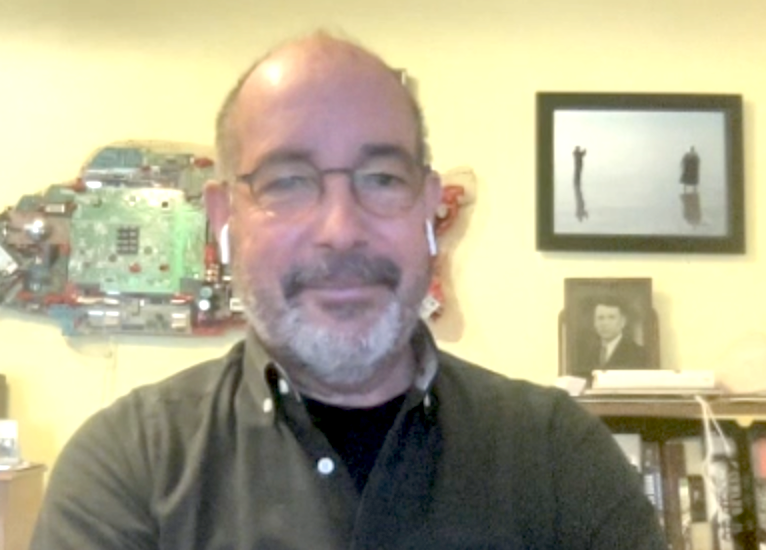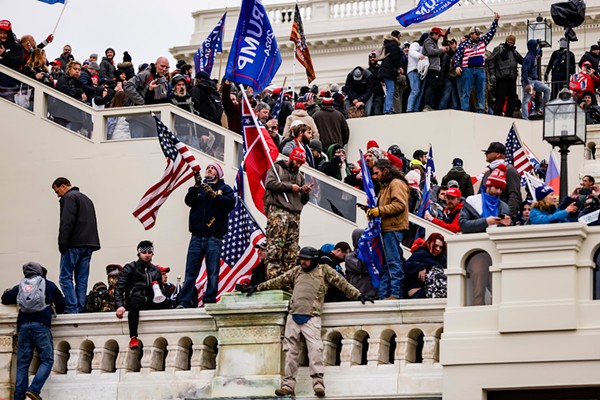Rex Tomb served in the FBI from 1968 until his retirement in 2006. For most of his career he served in the Office of Public Affairs, retiring as Chief of its Investigative Publicity and Public Affairs Unit.
By Rex Tomb
For ticklethewire.com
It’s 1970. President Nixon was in the White House, the Viet Nam War was raging, J. Edgar Hoover was running the FBI and I was working for him as a tour guide.
Back then, guided tours of the FBI were a pretty hot item. Yearly, over a half a million people showed up for them. They were conducted in the Department of Justice Building, in Washington, by young male (women weren’t allowed to give them in 1970) clerical employees, carefully attired in a dark suit, a white shirt and a tie.
The lucky ones who were actually able to get a tour (there were always very long lines) saw the FBI Laboratory, a firearms demonstration and a wide variety of exhibits depicting, among other things, the Rosenberg atomic bomb case, the Rudolph Abel spy case, the Wilcoxson/Nussbaum bank robbery case (they mounted an anti tank gun in the rear of a car to use on pursuing police and on bank vaults) and an exhibit showing the famous gangsters of the 1930’s. The “gangster exhibit,” as we called it, was clearly one of the most popular exhibits on display.
Several notorious gangsters were depicted including John Dillinger who was by far the best known of all of them.
Though it has been over 35 years, I can still remember parts of my spiel. “The John Dillinger Gang robbed banks throughout the Midwest. They killed 10 people, wounded 7 and escaped jail 3 times. Dillinger was ultimately betrayed by Anna Sage (the infamous lady in red) and was shot at five times, outside the Biograph Theater, by 3 different Agents. Three of the 5 bullets fired hit Dillinger killing him.”
In a glass-covered display case to the right of John Dillinger’s photograph were a series of Dillinger mementos including the hat he was wearing at the time he was killed (the brim on one side was crushed where he had fallen), the cigar he was carrying that night in his shirt pocket, the eye glasses he used to disguise himself, (wire framed and badly mangled) and the piece de resistance: the Dillinger death mask (he looked peaceful).
You could almost always count on two questions from visitors: was a certain part of Dillinger’s anatomy at the Smithsonian Institution? No, and were we certain that it was really Dillinger who was shot outside of the Biograph? Yes. He was identified by his fingerprints.
For many years, public interest in the gangsters of the 1920’s thru the 1940’s has continued and Hollywood, understandably, has cashed in.
Remember “Bonnie and Clyde,” “The Untouchables” and “Bugsy?” These were big budget films with all-star casts that did well. I noticed the phenomena in the 1970’s and it has persisted to this day. Rightly or wrongly, there is a perceived elegance associated with the era that seems to extend to criminals, too.
I actually think there is something to it. Compare any street photograph taken in the1930’s to one taken now. No tattoos, no muffin top, midriffs showing; no booty shorts. Take this one step further. Compare Gershwin to say, Eminem. Note too, that the “F” word does not appear one time in any of Cole Porter’s many compositions.
While the standard of living was lower back then, the social crassness, so prevalent today, seems to have been lower, too. Probably this is a misperception but a sense that modern culture is in decline might be giving the movie-going public both a curiosity and a hunger for all things past.
“Public Enemies” skillfully captures the cultural essence of that era. The music, the clothes, the street scenes: all have been carefully crafted to evoke the way we were, or at least the way we think we were. No detail seems to have been missed. The cars, the clothes, the furnishings, the music, the movie has all of this stuff down cold.
In my opinion, the film also shows how law enforcement: federal, state and local, lacked the training, the resources and the equipment to combat the evolving, fast moving and highly mobile criminal element of that era.
It is interesting to note that it wasn’t until the passage of the May-June crime bill in 1934, that Bureau Agents could even carry firearms let alone arrest someone. Standardized training for law enforcement officers? Forget about it.
Where the film left me cold, however, was not in the 1930’s ambiance it so effectively recreated. Rather, it was how several obvious fictional details in it were presented as fact.
I was startled, for instance, to see how a female witness was treated in an interrogation scene. A Bureau Agent was portrayed shamefully beating information out of her, while numerous colleagues passively looked on. The violent methods shown in this scene would never have been tolerated by the Bureau either then or now.
Why then put it in? Literary license? If so, how would viewers of this film, unfamiliar with the facts be able to discern that this did not happen?
There was a scene in which J. Edgar Hoover was accused, in so many words, during a Senate appearance, of being an armchair detective. Mr. Hoover was indeed so criticized (unfairly in my opinion) by a member of the Senate, but not until several years after John Dillinger had died. What indeed, did this episode have to do with the story if not to subtly raise questions about Director Hoover?
In another scene, and contrary to every historical record that I have ever read, the film portrays Dillinger as having been gunned down by what can only be described as an inexperienced, rogue Agent.
Records actually show that after emerging from the theater, Dillinger sensed his impending arrest and reached for his gun. Given Dillinger’s propensity for violence, Bureau Agents understandably (and thankfully) used all available force to stop him. Who knows how many other passersby would have been killed had they done otherwise?
But the scene as depicted in the movie almost made it appear that Dillinger was the victim. How would the average viewer know this?
Hollywood has a special responsibility when portraying actual events to keep their portrayals as accurate as possible.
A major release will be seen in theaters across the United States and around the world. It will be on television, appear on DVD and will be mentioned in newspapers, magazines, on the web and sometimes in books. Movies are translated into countless foreign languages, too and those watching are being more than entertained: they are being subtly educated as well.
Let’s face it, if a production gets it wrong so do potentially hundreds of millions of people, here and abroad, now and in the future.







The writer is entertaining, but he does not seem as concerned for the liberties that tended to make the FBI look better, as he does for those that made it look worse.
The most screaming whitewash was over the Little Bohemia raid. As portrayed in the movie, it was a bad screwup, but did at least result in the death of Baby Face Nelson. In fact, the raid was an unmitigated disaster, resulting in the death of one innocent, the grievous wounding of others, and zero deaths or arrests of principal gang members. In reality Nelson was killed much later, though indeed by a heroic FBI agent who died doing it.
Usually a script, if it distorts facts, does so to the advantage of either the bad guy or the good. In this case it was done to the advantage of BOTH. Not sure why, but it’s interesting that was done.
test